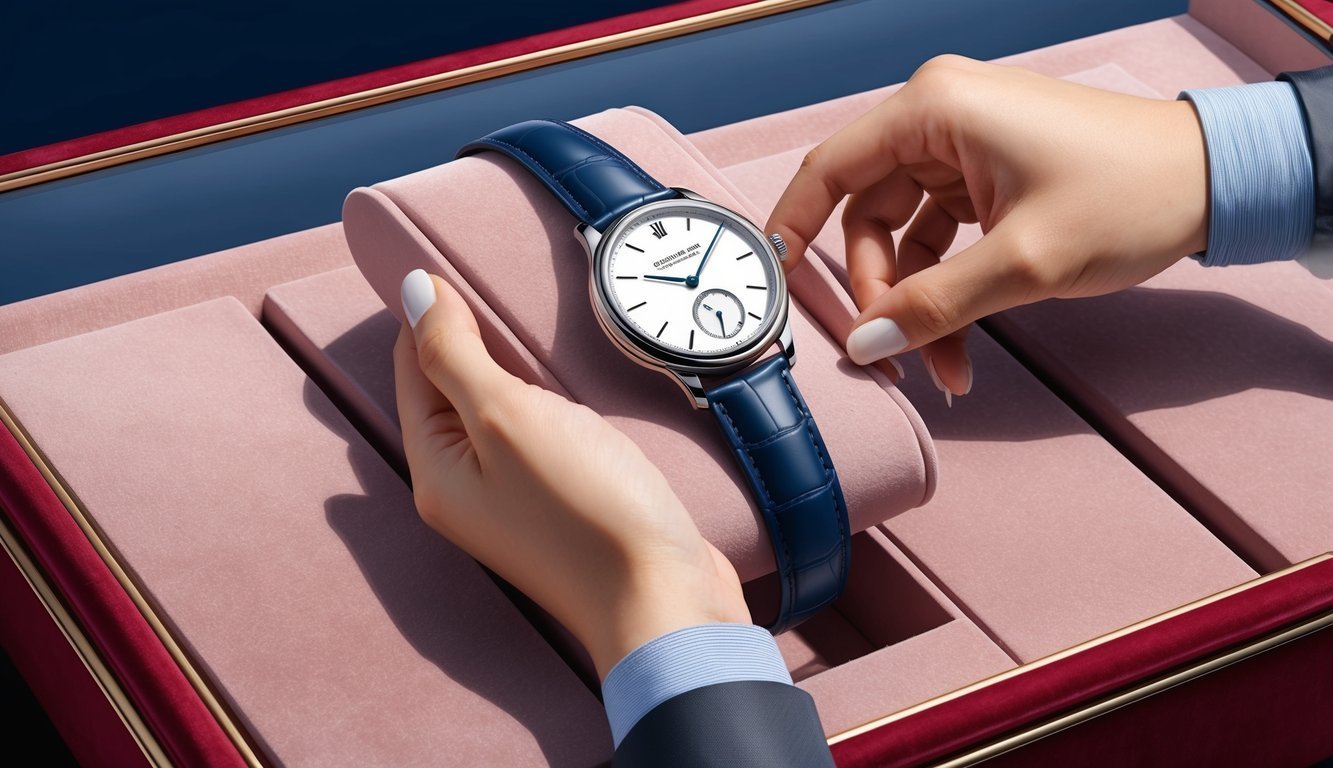Making the leap from fashion watches to luxury timepieces can feel overwhelming, but it’s easier than you might think. Understanding the key differences in design, craftsmanship, and investment value will help you make informed decisions as you explore this new realm. Embracing luxury timepieces means appreciating not just their functionality but also the artistry that goes into each piece.

As you transition, you’ll discover that luxury watches can enhance your personal style and reflect your status.
Whether for special occasions or everyday wear, these timepieces often serve as a long-lasting investment that tells a story beyond mere timekeeping.
Identify Your Style
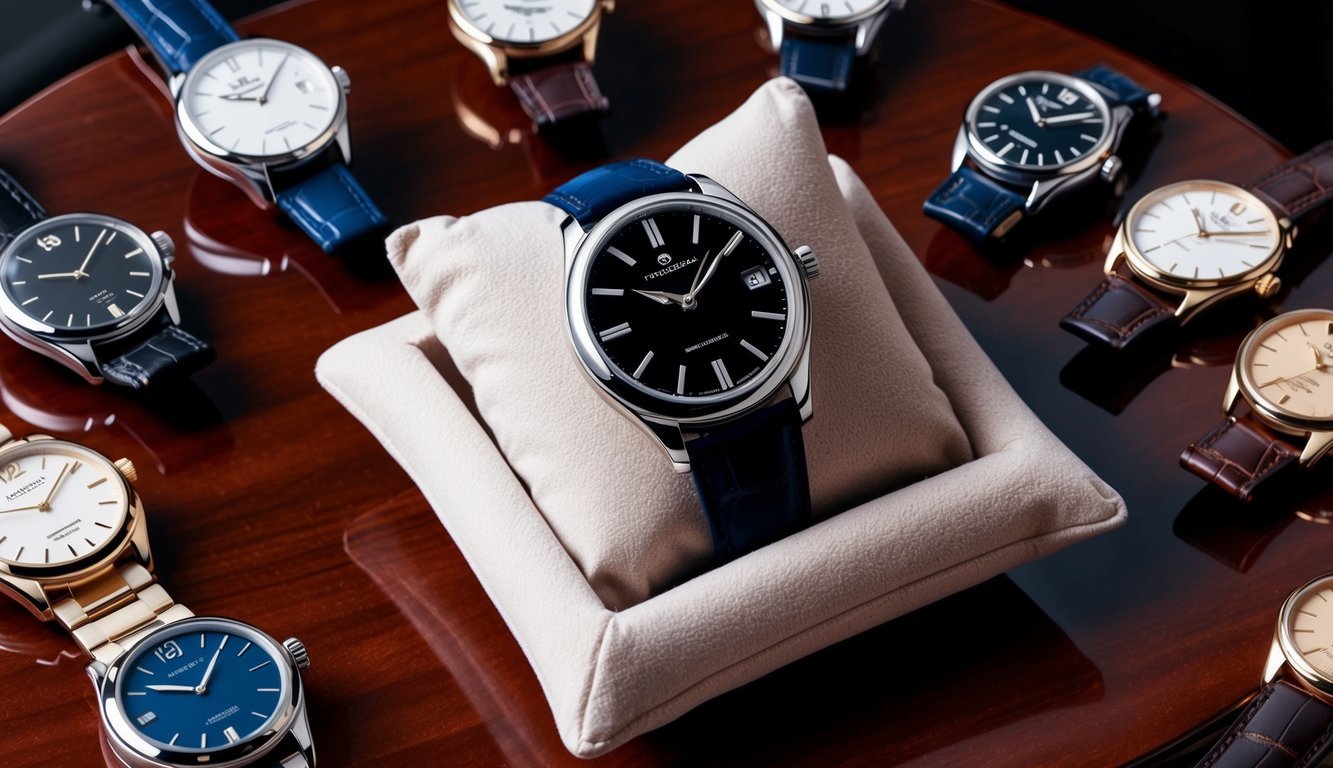
When transitioning from fashion watches to luxury timepieces, start by understanding your personal style.
Take a good look at your wardrobe and what reflects your personality.
Consider whether you prefer classic, modern, or eclectic designs.
Luxury watches come in various styles, so it’s important to choose one that complements your aesthetic.
Think about the materials you are drawn to.
Do you gravitate towards gold, silver, or leather? Each material communicates a different vibe and can elevate your look.
Pay attention to the size and shape of watches that appeal to you.
Some prefer larger statement pieces, while others might favor more understated designs.
Assess how you’ll wear the watch.
Will it be for formal events, everyday wear, or special occasions? Knowing its primary purpose will help you make a better selection.
Lastly, don’t be afraid to experiment.
Mix and match with different outfits to see what works best.
This will help you find a luxury timepiece that truly reflects who you are.
2) Research Prestigious Brands
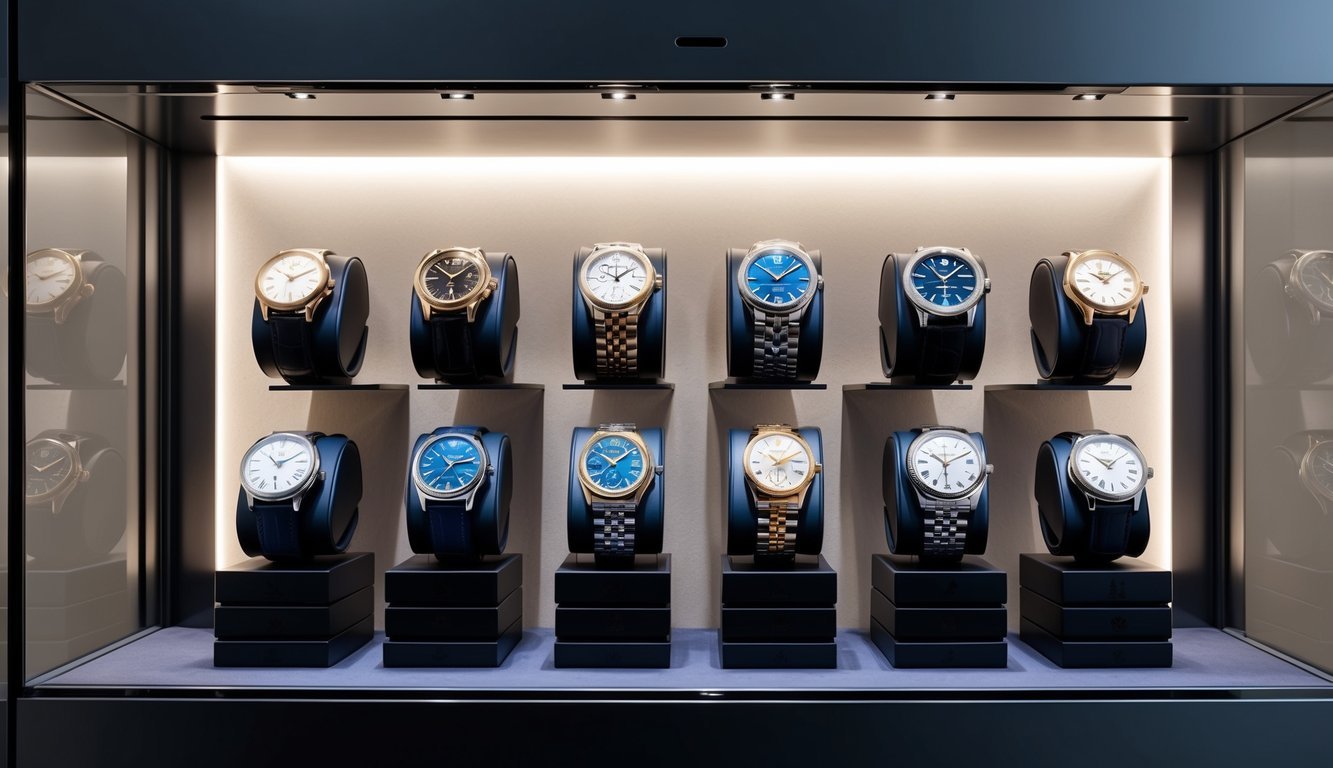
When moving into the world of luxury timepieces, start by exploring well-known brands like Rolex, Patek Philippe, and Audemars Piguet.
Each brand has a rich history and specific characteristics that set them apart.
Look into their craftsmanship, technologies, and unique features.
Understanding what makes these watches special will help you appreciate their value.
Check user reviews and expert opinions to see what others say about these brands.
Forums and luxury watch communities can be great resources for insights.
Also, consider resale value.
Some luxury watches appreciate, making them not just accessories but also investments.
Keep in mind that each brand has its own style and target audience.
Determine what resonates with you, whether it’s classic elegance or modern innovation.
By doing your homework, you’ll be better equipped to make informed decisions as you transition from fashion watches to luxury timepieces.
3) Set a Realistic Budget

Before you start hunting for luxury timepieces, determine how much you’re willing to spend.
This number helps narrow your options and keeps you focused.
Luxury watches can vary widely in price.
Decide on a range that feels comfortable for you, considering any potential additional costs like maintenance or insurance.
Be honest with yourself about this budget.
It’s easy to get carried away when you see stunning pieces, but having a plan helps you avoid buyer’s remorse.
If you’re transitioning from fashion watches, think about the value you’re getting.
A luxury piece is an investment, often worth more over time if you choose wisely.
Remember, luxury doesn’t always mean high price tags.
Some brands offer excellent quality without breaking the bank.
Do research to find brands that align with both your style and budget.
Keep your financial goals in mind.
Shopping smartly within your budget will lead to a more satisfying experience and a watch you can cherish for years.
4) Understand Watch Movements
When stepping into the realm of luxury watches, it’s essential to grasp the different types of watch movements.
This knowledge can significantly influence your choice.
There are primarily three types of movements: quartz, mechanical, and automatic.
Quartz movements are battery-powered and known for their accuracy.
They’re often found in fashion watches.
Mechanical movements, on the other hand, are powered by a mainspring.
These require manual winding and are appreciated for their craftsmanship.
Automatic movements also use a mainspring but are designed to wind themselves as you wear them.
Luxury watches predominantly feature mechanical and automatic movements.
These classifications not only affect the watch’s precision but also its maintenance needs and longevity.
The movement is essentially the engine of your timepiece.
Understanding the intricacies can enhance your appreciation of luxury watches.
Whether you prefer the charm of mechanical or the convenience of automatic, each movement tells its own story through timekeeping.
5) Explore Different Materials
When transitioning to luxury timepieces, understanding materials is key.
Luxury watches often use premium metals like gold and platinum.
These materials not only look stunning but also signify quality and prestige.
Stainless steel has become a popular choice for both durability and style.
It’s lightweight and corrosion-resistant, making it perfect for everyday wear.
If you’re into sports or outdoor activities, consider titanium or carbon fiber.
They offer strength without the bulk.
Additionally, ceramics are gaining traction in the luxury market.
They provide scratch resistance and a sleek look that stands out.
Each material offers unique benefits, so think about what fits your lifestyle.
Explore your options and discover what appeals to your tastes and needs.
6) Learn About Complications
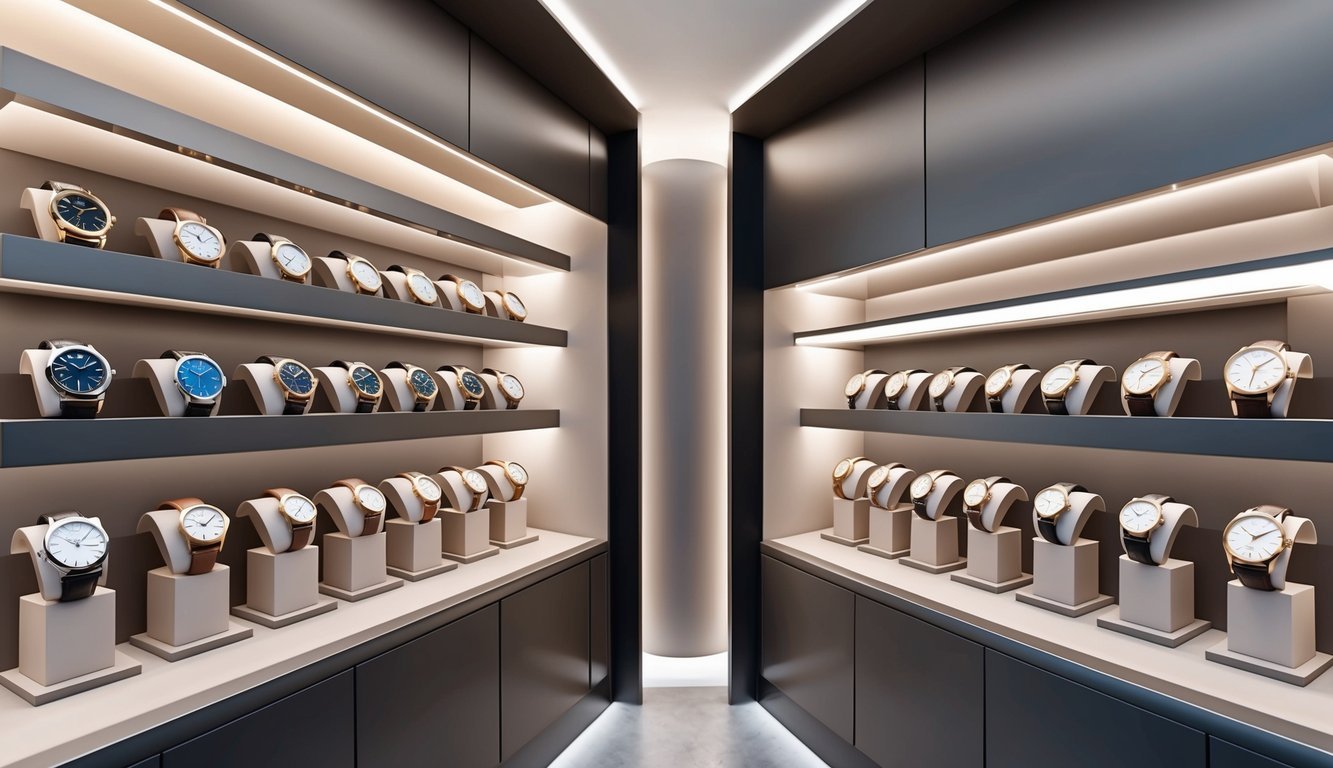
When transitioning to luxury timepieces, understanding watch complications is essential.
Complications are features beyond the basic time display, adding functionality and artistry to a watch.
Start with common complications like the date display, which many brands include.
It’s practical and convenient for daily wear.
You might also encounter chronographs, which function as stopwatches, or GMT indicators that track multiple time zones.
As you explore higher-end pieces, look for more advanced complications.
Perpetual calendars can automatically adjust for leap years, while tourbillons are designed to enhance accuracy by counteracting gravity’s effects.
These features showcase a watchmaker’s skill and craftsmanship.
Research the intricacies of these complications to appreciate their value.
Each one tells a story about the watch’s engineering and design.
Knowledge of complications will also aid you when shopping, helping you identify what resonates with your style and needs.
Investing in a watch with meaningful complications adds depth to your collection.
7) Attend Watch Fairs

Attending watch fairs is a fantastic way to immerse yourself in the luxury watch scene.
These events bring together brands, collectors, and enthusiasts in one place, making them perfect for learning.
For example, Watches & Wonders is one of the biggest trade shows in the industry.
It showcases the latest innovations and trends while allowing you to get up close and personal with exceptional timepieces.
You’ll also find opportunities to connect with other collectors.
Networking can significantly expand your knowledge and appreciation of luxury watches.
Many fairs feature workshops and demonstrations.
These hands-on experiences can deepen your understanding of horology and the craftsmanship behind high-end watches.
By attending these shows, you can also see how different brands position themselves in the market.
This insight helps you make informed choices about which luxury watches resonate with you.
Bringing your own watch knowledge to the event can lead to enriching discussions with fellow attendees.
Embrace the opportunity to learn and expand your collection in an exciting environment.
Connect with Collectors
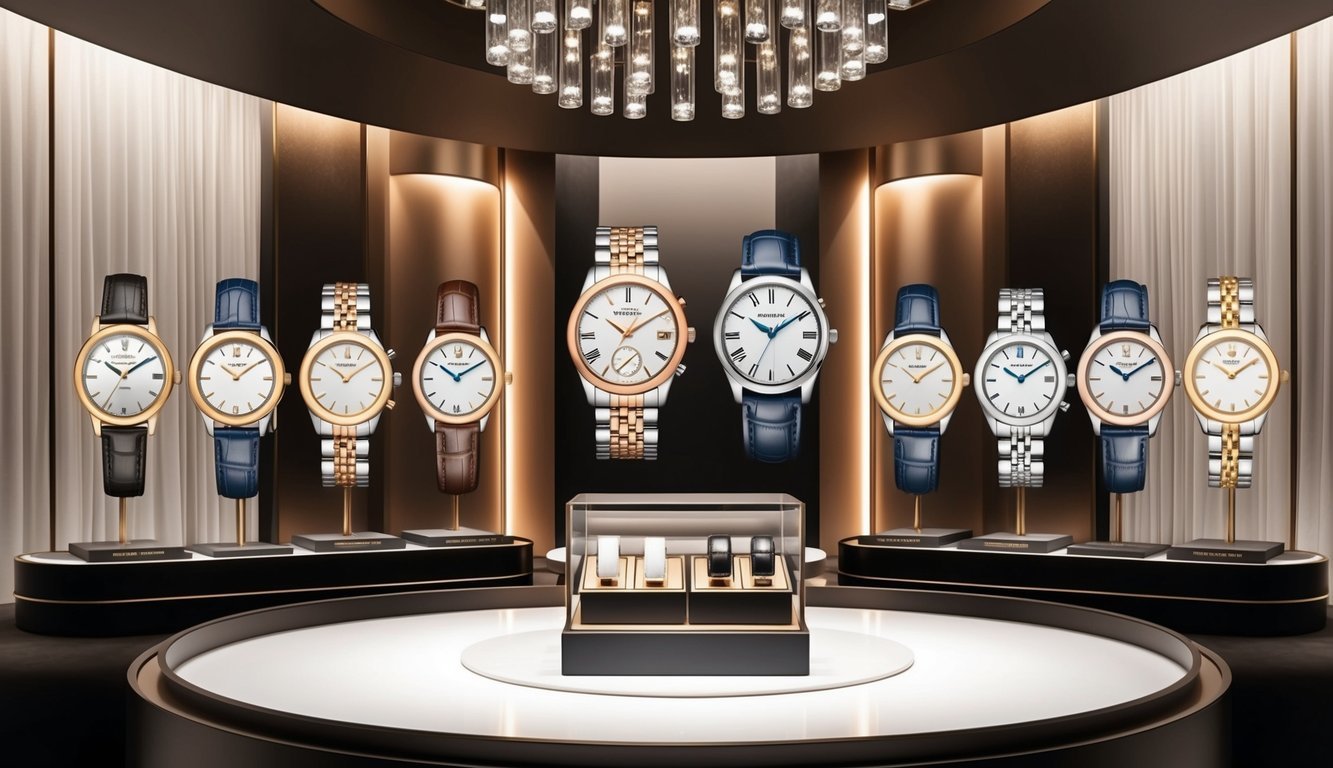
Joining watch communities can really enhance your journey into luxury timepieces.
Look for local meetups or online forums where collectors share insights and experiences.
Social media platforms like Instagram and Facebook host many watch enthusiast groups.
Engaging with these communities can introduce you to new brands and styles.
Don’t hesitate to ask questions.
Collectors often enjoy sharing their knowledge, whether it’s about maintenance or market trends.
You’ll discover tips that can guide your purchases.
Consider attending watch shows or auctions.
These events provide a chance to see stunning pieces up close and network with other collectors.
Building relationships in the watch community can also lead to private sales or trades that you might not find otherwise.
Remember, everyone’s journey in collecting is unique.
Sharing your experiences and learning from others will help you grow your collection and appreciation for luxury watches.
9) Visit Authorized Dealers
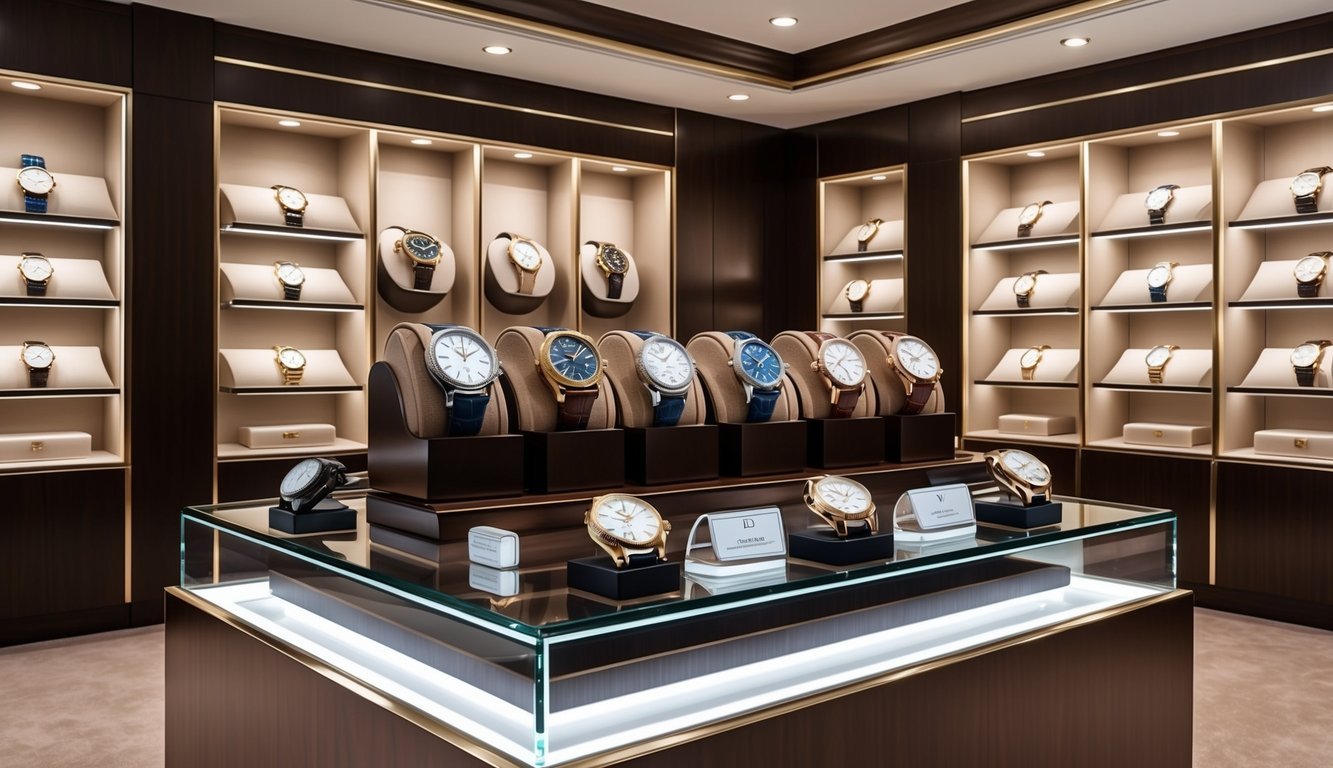
When stepping up to luxury watches, visiting authorized dealers is key.
These dealers offer peace of mind with authenticity and warranties you can trust.
Official dealers provide access to a wide range of luxury brands.
You can explore different models in person, which helps with understanding the size and feel on your wrist.
Buying from an authorized dealer often comes with perks.
These might include extended warranties and exclusive access to limited-edition timepieces.
You’ll also get valuable after-sales support.
If there’s an issue with your watch, authorized dealers are equipped to handle repairs efficiently.
Plus, browsing in person gives you a chance to ask questions.
Engaging with knowledgeable staff helps you learn more about the features and history of each watch.
So, take the time to visit a few authorized dealers.
It’s a great way to ensure you’re making an informed and satisfying purchase.
10) Consider Vintage Options
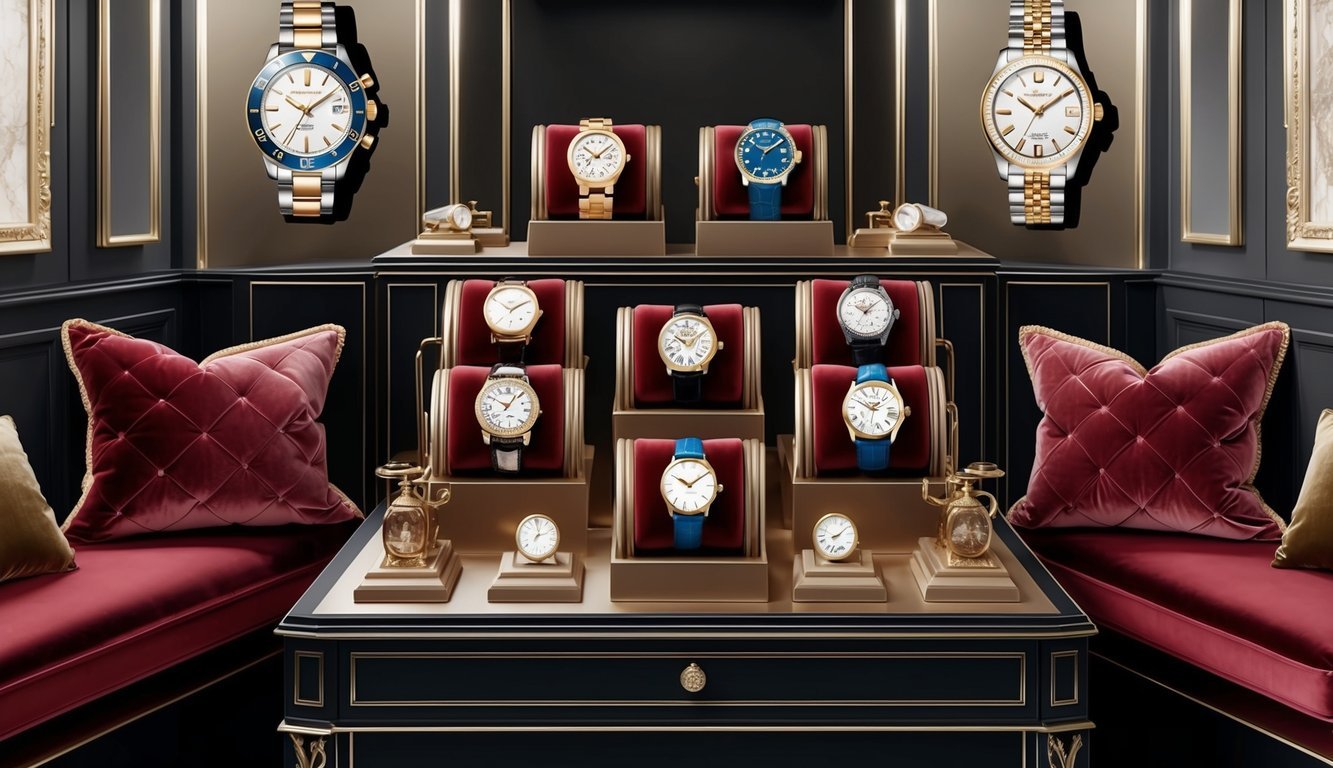
When considering a shift to luxury timepieces, vintage options are worth exploring.
They often offer unique designs and histories that modern watches can lack.
Vintage watches can add character to your collection.
They tell a story and reflect different eras of craftsmanship.
Brands like Rolex and Patek Philippe have iconic vintage pieces that are highly sought after.
Pay attention to the watch’s condition.
A well-preserved watch will maintain its value better over time.
Look for pieces that are unpolished and in their original state to ensure authenticity.
You might want to visit authorized dealers or auction houses.
This can provide a chance to assess the watch’s condition and features closely.
Additionally, consider the investment potential.
The vintage market is thriving, with many models appreciating in value.
It’s an exciting time to purchase a vintage timepiece if you do your research and choose wisely.
Understanding Fashion Watches
Fashion watches serve as versatile accessories that express personal style without the hefty price tag of luxury timepieces.
Understanding their construction and the perceptions surrounding brands can help you navigate your choices when considering a transition to more sophisticated watches.
Materials and Construction
Fashion watches often utilize materials like plastic, stainless steel, and silicone.
The construction can be lightweight, which is a plus for daily wear, but you might find that this compromises durability.
Many fashion brands prioritize aesthetic appeal over craftsmanship.
Some models may feature interesting designs, but they might not incorporate advanced horology like luxury brands do.
For example, movements are frequently quartz-based, providing reliability but lacking the intricate artistry found in automatic movements.
Look for features such as scratch-resistant glass and water resistance to enhance longevity.
If you’re aiming to transition into luxury watches, starting with quality fashion pieces that exhibit these attributes can help lay a strong foundation.
Brand Perception
The brand behind a fashion watch can significantly influence public perception.
Well-known brands like Fendi and Gucci have made names for themselves by merging style with a recognizable logo.
This creates a strong allure, attracting consumers who want to showcase their fashion sense.
However, while some fashion brands capture trends impressively, they may lack the heritage of respected luxury watchmakers.
This can impact resale value and long-term satisfaction.
As you consider upgrading to luxury timepieces, remember that brand history and reputation matter.
Luxury brands are often revered not just for their looks, but for their story and craftsmanship, giving you more than just a watch, but a piece of art.
Differences Between Fashion and Luxury Watches
When considering a watch purchase, it’s essential to know the distinctions between fashion and luxury timepieces.
Recognizing these differences can help you make informed decisions as you elevate your collection.
Craftsmanship and Quality
Fashion watches are typically made with a focus on style and affordability.
They often use materials like stainless steel and plastic, resulting in lower durability.
While they might look good, the internal mechanisms are less sophisticated, which means they may not stand the test of time.
In contrast, luxury watches emphasize superior craftsmanship and quality.
Brands like Rolex, Patek Philippe, and Audemars Piguet utilize high-grade materials such as gold, platinum, and sapphire crystal.
Many luxury timepieces feature intricate mechanical movements, meticulously assembled by skilled artisans.
This attention to detail not only enhances their durability but also significantly contributes to their value over the years.
Heritage and History
Fashion watches often lack a rich historical background.
They may represent current trends, but they don’t carry the same weight or tradition.
Brands that produce fashion watches generally focus on seasonal styles rather than long-lasting design or craftsmanship.
Luxury watches come with a legacy.
Many luxury brands have been around for decades or even centuries, carrying forward traditions that emphasize engineering and artistry.
These timepieces often tell a story about their heritage and the evolution of watchmaking techniques.
Owning a luxury watch can connect you to a rich history, enhancing its appeal beyond mere functionality.
Steps to Transition to Luxury Timepieces
Transitioning from fashion watches to luxury timepieces requires careful planning and knowledge.
By understanding the market and acknowledging the value of these investments, you can make informed choices that suit your style and financial goals.
Research and Education
Start by diving into the world of luxury watches.
Research different brands, styles, and their histories.
Key brands to explore include:
- Omega: Known for precision and a rich Olympic legacy.
- Rolex: Iconic for innovation and timeless elegance.
- Cartier: Renowned for luxurious jewelry and watchmaking.
You should familiarize yourself with watch movements, materials, and complications.
Websites, forums, and YouTube channels dedicated to horology are great resources.
Reading expert reviews helps you grasp essential features that distinguish luxury items from fashion counterparts.
Consider attending local watch meetups or trade shows.
Engaging with enthusiasts and collectors can provide insights you won’t find in articles alone.
Investment and Value Retention
When you purchase a luxury watch, consider both its emotional appeal and financial investment.
Here are some factors to ponder:
- Resale Value: Certain brands, like Patek Philippe and Rolex, tend to hold their value or appreciate over time. You can research market trends to identify models that are likely to retain their worth.
- Condition: Whether you buy new or pre-owned, the watch’s condition plays a crucial role in its value. Look for watches with documentation, original packaging, and service history.
Prioritize quality over quantity.
Owning a few luxury pieces that resonate with you is often better than having many fashion watches.
Also, keep an eye on brand collaborations and limited editions, which can influence future resale potential.
By focusing on education and investment, you’ll be well-equipped for your transition to luxury timepieces.


